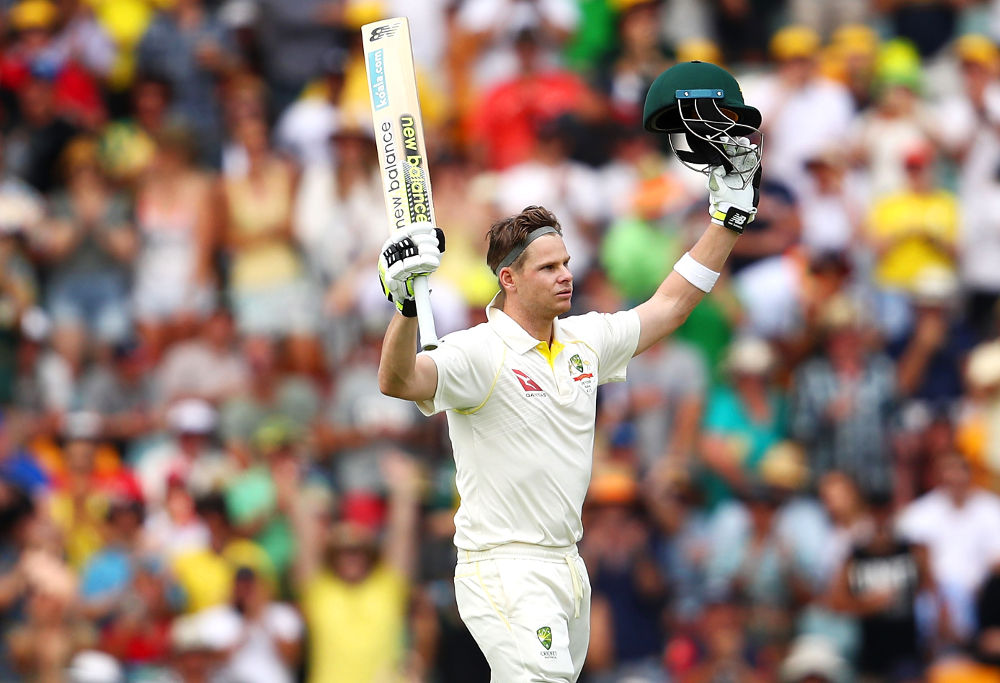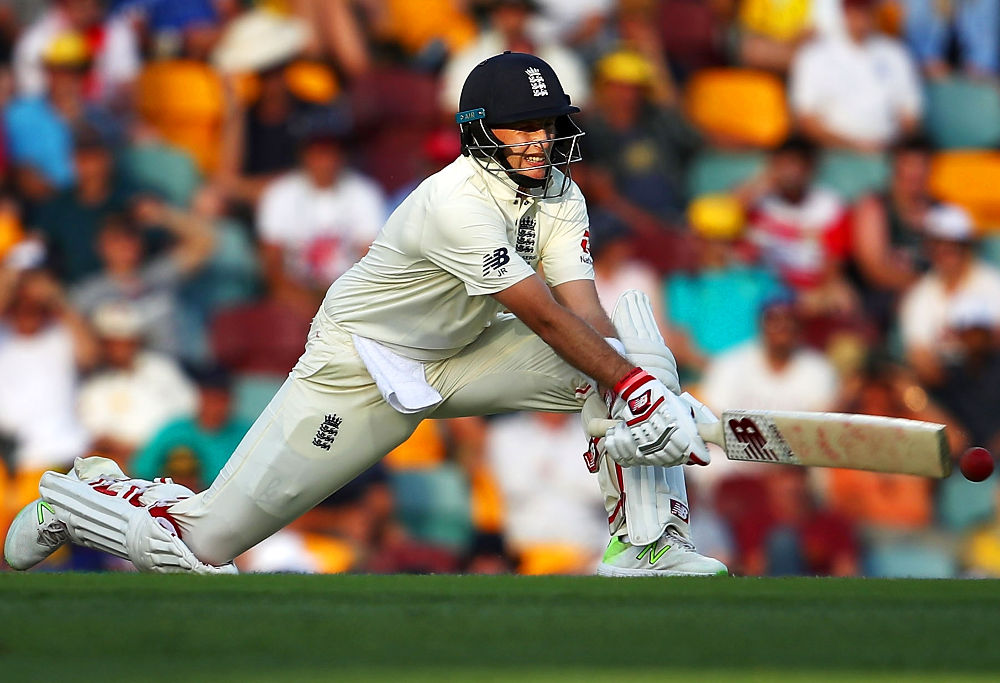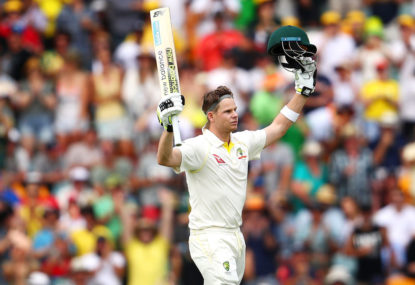In Test matches, we love to look for symmetry. For England’s loss and Australia’s win at Brisbane, look no further than the two captains.
First up, don’t be fooled by the scorecard. The eventual ten-wicket win didn’t actually reflect Australian dominance. This match could easily have gone England’s way but for a couple of key differences.
The first was a feat of sporting genius from Smith. We overuse that word, but it genuinely applies to Australia’s captain. For consistency and volume, his feats with the bat are like few that any player has ever managed.
The second was the line-ball stumping of Moeen Ali. England’s left-hand stylist was batting well on the fourth day with Jonny Bairstow, who only got himself out slogging for quick runs with the tail. Had they stayed together, they might have set Australia a competitive lead.
The decision was much debated, and was both wrong and right. Right in that Moeen probably was out. Australian keeper Tim Paine said he could see a sliver of paint behind the boot, his reaction backed that up, and on the live footage it just didn’t look like Moeen would have got back.
But it was wrong in that stumpings these days rely almost exclusively on replays, and the television was not entirely conclusive. If it had been, we wouldn’t be having this conversation.
On the screen, it looked just possible there was a fraction of boot behind the line. Or impossible to swear there wasn’t. If technology is to be the avenue to deciding such dismissals, there was doubt to receive the benefit of.
But all of that would have been redundant if not for Smith. Without him, Australia could have been shot out for 150, and England would have banked a lead of similar margins.
Making 141 out of 328 was an absurd ratio, but the way he did it was even more so. Pure discipline, he put away every risky shot on a slow and stodgy deck that did not reward adventure.

(Photo by Mark Kolbe/Getty Images)
He waited England out, nine and a half hours of privation, a monk on a straw mattress seeing eventual nirvana through the wall of his cell.
After that effort, despite a bowling performance of tactical brilliance that had won England ten non-Smith wickets, scores were not far off level. England had the chance to pull ahead, batting third, and put the match beyond Australia.
If Smith had provided the archetypal captain’s knock, the response naturally fell to Joe Root. England’s leader had failed in the first innings, but had to succeed in the second.
As luck would have it, the cricket gods gave them an almost identical challenge. Both captains bat at No.4, and both were at the crease when the fourth wicket went down. Smith had to rebuild from 4 for 76, Root from 4 for 74.
Smith produced his epic, settling in over four and a half sessions. Root survived one and a bit.
England’s captain did well initially, battling through a hostile ten-over period late on Day 3 and putting aside a nasty hit on the helmet from Mitchell Starc. The next day he moved on to a fluent half-century.
But literally the ball after the milestone, and two overs short of the lunch break, Josh Hazlewood had a ball seam into the batsman and trapped him leg-before. He went that way twice in the match, and can rest assured of facing more such balls.
Root has started to have problems with his head falling over toward the off side. According to the stat freaks at CricViz, in the past two years he has averaged 15 against balls that would have hit his stumps. Previously, he averaged 102.
Root watchers have lamented a problem converting fifties into centuries. In the difficult world of batting, it’s a pretty good problem to have. But it does still make a difference when the team needs someone to go big. At Brisbane, England did.
A year or two ago, there was plenty of debate about whether Root or Smith was the better player. These days, the debate is over. Smith has opened up a massive wedge of daylight ahead of England’s captain.
Root, with four more Tests, has reached a half-century on 46 occasions. Smith has done so on 42. But Root has converted 13 of these into hundreds, where Smith has converted 21.

(Photo by Mark Kolbe/Getty Images)
When Smith reached his 21st century (no fox was involved), he became the fastest to that mark behind Donald Bradman and Sunil Gavaskar. No one else in the game’s history has matched him.
Brian Lara, Rahul Dravid, AB de Villiers, Jacques Kallis, Kumar Sangakkara – all are players who had less than half as many hundreds when they had played as many Tests as Smith.
All the more remarkable since his first 11 Tests involved an abortive start as a leg-spinner, then finding his feet as a batsman. His first ton didn’t come until his 12th match. Since then he’s made one just about every second game.
Over a career, very good players average four to five Test matches per century. Like every other category, the stat is blown away by Bradman, with one every 1.79 games.
George Headley is next with 2.2, then Smith with 2.71, and Clyde Walcott with 2.93. No one else comes under 3.
All this time, I’ve been waiting for Smith to drop off. Surely he can’t keep piling up such freakish numbers so consistently. As yet, it hasn’t happened.
And yes, it’s probably unreasonable to expect Root to match this absurd standard. But England need something special to pull off a series win in Australia, and Root had his opportunity to produce it.
If he wants to re-open the argument about which players are better, he has six more weeks to make his case.































































































